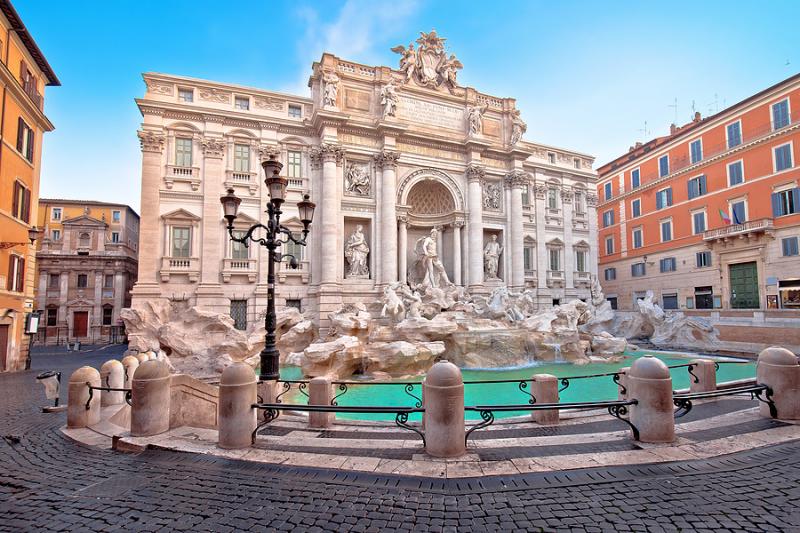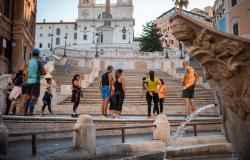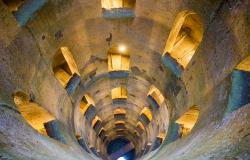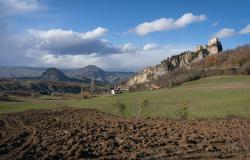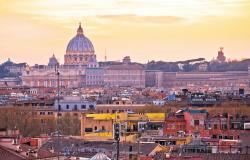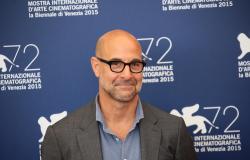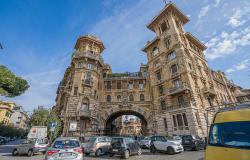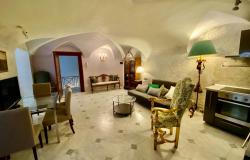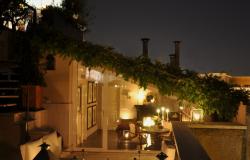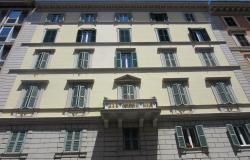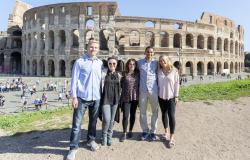Let me confess: although I have called Rome "home" for almost twenty years now, I have never visited the Vatican Museums. Too many crowds too many lines, too much hassle, so I consoled myself by admiring the impressive dome of St. Peter and imagining the magnificence of the Sistine Chapel.
This changed in the middle of July, thanks to a friend who booked a guided visit for me and I finally entered the bronzed gate inaugurated by Pope John Paul II on the occasion of the 2000 Jubilee. No massive crowds and long weight in this middle of a usually busier summer period. With the two Roman airports barely operative and foreign tourism virtually absent (local tourism did slightly increase in August, but mostly in self-catered holiday resorts), it ended up to be a “private tour” only for my friend and me, guided by the Art Historian and licensed tour guide Mariasole Garacci (@mariasolegaracci).
She led us through halls, corridors, and gardens where we could blissfully peacefully admire statues, paintings, and relics. While we took a close-up picture at the Laocoon sculpted group in the enchanted Belvedere Courtyard, Mariasole told us that it is good luck to get to the tenth row to admire the piece, and we were allowed to soak in the reverential silence of the Sistine Chapel to admire "con calma" the details of Michelangelo’s masterpiece.

While the summer sun shone brightly over the Italian coasts allowing people to spend an almost normal (yet masked and ultra-sanitized) vacation period, the truth is that the bigger cities stayed quieter than usual. And Rome’s charming – and usually overcrowded – center was no exception.
“According to data released by the Italian Tourism Board – Mariasole explained when I contacted her recently for this article that the Vatican Museums are still very calm. It is projected that only between 2022 and 2023 that the visitor numbers will rise again to figures comparable to 2019”. While this is a huge problem for the Italian economy and especially for any category of workers related to tourism, including touristic and cultural guides, she sincerely admits that (maybe too optimistically) the post-COVID situation in Italy has its positive perks: “I agree that at this moment Rome is more beautiful and enjoyable than usual: a number of both economic and psychological factors is momentarily unloading the usual top highlights from the habitual intense tourist flows that, to be honest, has degenerated their true beauty”.

“Usually – she goes on – in peak season before the pandemic began many must-see places were packed and there were long lines to get into most spots. This resulted in many people giving up visiting other nearby places as that are just as worthy as the most famous ones”.
So, while I did enjoy the rediscovered pleasure of a relaxed (and better) aperitivo in piazza Navona or a walk across Campo de’ Fiori without the usual hustle and bustle, I asked Mariasole to share some of her favorite highlights, some unacknowledged gems for those lucky enough to visit Rome during this quieter period.
1. “The very famous and usually overcrowded Trevi Fountain, generally reduced to a prosaic background for selfies, gives us back the chance to capture the brightness, bask in the proportions and scenic relationship with the urban context of the square and the surrounding alleys as it was intended in Nicola Salvi’s original project.
Without being squeezed among crowds hustling for the best spot, one can now take the time to discover the impressive hydraulic engineering beyond the eighteenth-century architecture, or track down the remains of the ancient Roman aqueduct still supplying the fountain. You can find a part of it in the nearby via del Nazareno, with its marbled arches normally neglected by tourists”.

2. “Not too far, Piazza del Popolo – usually populated by hurried commuters coming from the near Flaminio station and people focused on their shopping and errands – is another underestimated area most people miss. In the corner by the ancient monumental gate that once welcomed pilgrims from all over Europe, stop by the church of Santa Maria del Popolo. Inside, you will find the Chigi Chapel – a small yet incredible treasure chest full of marbles, paintings, and sculptures by Raffaello Sanzio and Gian Lorenzo Bernini – as well as another chapel hosting two paintings by Caravaggio, the extraordinary painter who, in the Seventeenth century, somehow anticipated modern cinematography. It is hard to express in a few words the magnificence and refinement of this place, now almost always empty”.

3. “If you want to keep track of Caravaggio along a nice walk, near Piazza Navona you’ll find the church of San Luigi dei Francesi (St. Louis of the French) where there are three more paintings illustrating the history of Saint Matthew just as it were a movie by Pasolini or an Italian Neo-Realistic director. Often, I and other guides we are not able to our clients because it is hard to admire the paintings and catch all their beauty and importance – due to the usual hordes of visitors and students”.

4. “Also near piazza Navona, there is the small church of Santa Maria della Pace. Its ideal architecture seems straight out of a Renaissance utopia, and here in 1514 Raffaello Sanzio – whose death occurred 500 years ago – undertook a fresco featuring a group of sibyls and prophets inspired by the slightly previous Sistine Chapel signed by Michelangelo. Back at the time, everybody was aware of the harsh rivalry between the two artists and many noticed Raffaello’s debt towards the older colleague. Yet, he was so incredibly talented that he succeeded in being brilliant even though he imitated!”

5. “One of my “places closed to my heart”, where for the reason I already explained above I don't usually take visitors, is the church of San Francesco a Ripa in Trastevere. There, you will discover a statue of the Blessed Ludovica Albertoni (a Franciscan mystic), made by Gian Lorenzo Bernini in 1674. It portrays the woman on a marble and bloodstone pallet, enraptured in one of her transcendental ecstasies in an abandon where many noticed almost an erotic hint. Bernini’s sculptural technique here is unrivaled and fantastic, the space where the statue stands creates a theatre of light and shadow wisely created by the artist himself to give the cold marble almost a true texture of flesh. A few years ago, the street artist Banksy copied this masterpiece in one of his works in Naples; only, there, the poor Ludovica lies on the bed in the grip of a severe tummy ache since she ate too much junk food!”
